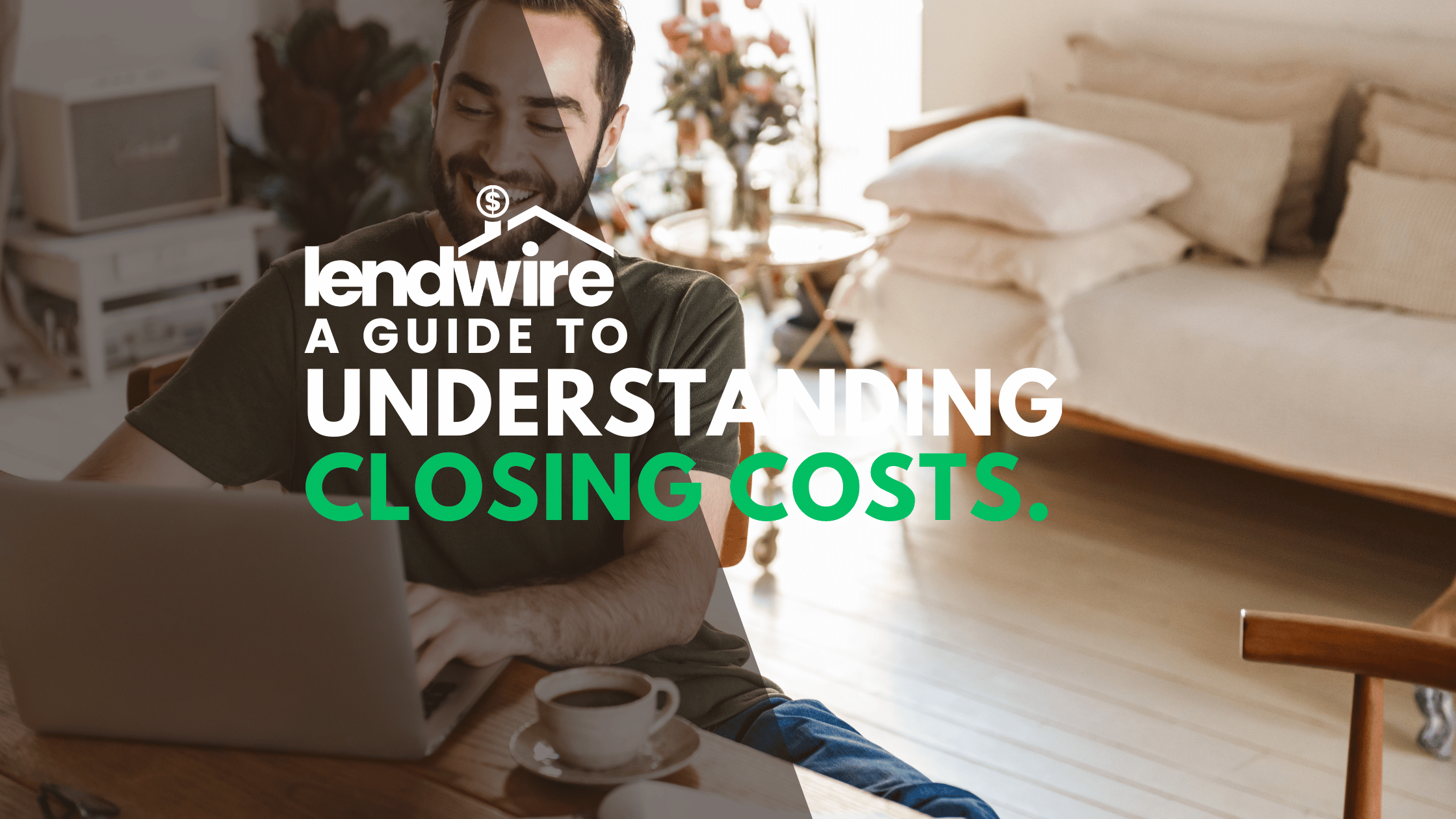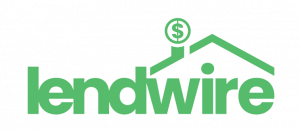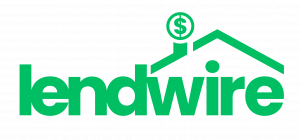The Pros and Cons of Rent-to-Own Homes in Canada: A Guide for Prospective Buyers
Rent-to-own (RTO) schemes are becoming an increasingly popular path to homeownership in
Canada, especially for those who might not currently qualify for a traditional mortgage due to
credit issues or lack of down payment. In this comprehensive guide, we’ll explore what
rent-to-own homes are, how they work, and the pros and cons associated with this unique
purchasing arrangement. By understanding the intricacies of rent-to-own agreements,
prospective buyers can make informed decisions that align with their long-term housing and
financial goals.
Understanding Rent-to-Own Homes
Rent-to-own homes are arrangements where you commit to renting a home for a specific period,
with the option to buy it before the lease expires. This agreement typically involves two key
components: the lease agreement and the option to purchase. During the rental period, a portion
of your monthly rent payment is often set aside as a credit toward the purchase price. This allows
you to build equity in the home even before you officially own it.
The Mechanism of Rent-to-Own Agreements
Lease Agreement: This standard rental contract stipulates your monthly rent, the
duration of the lease, and your responsibilities as a tenant.
Option to Purchase: This is an agreement giving you the option to buy the home at a
predetermined price before the lease expires. You usually pay an upfront option fee,
which is often non-refundable but can be credited towards the purchase price if you
decide to buy the home.
The Advantages of Rent-to-Own
Rent-to-own homes can be a good option for people who need more time to improve their credit score or save up for a bigger down payment. They also allow you to lock in the purchase price at the beginning, which can be helpful if real estate prices are going up. You get to live in the home before you decide to buy it, so you can really see if it’s right for you. Part of your monthly rent payment also goes towards your future down payment, helping you build equity while you’re renting.
The Disadvantages of Rent-to-Own
However, there are some downsides to consider as well. Rent-to-own agreements often have higher monthly payments than regular leases, because they include the option to buy. If you decide not to buy the home or can’t get a mortgage when the lease ends, you might lose the option fee and any extra money you paid towards the purchase price. You also have less control over the property until you officially own it, which can affect your living experience. And if the real estate market goes down, you could be stuck with a purchase price that’s higher than what the home is actually worth.
So, what’s the catch?
To successfully use a rent-to-own agreement, you need to understand the details and rules of the agreement. Talking to a real estate lawyer is a good idea because they can explain things clearly and help protect you. It’s also important to start improving your credit score and finances early on. This way, you’ll be ready to get approved for a mortgage when it’s time to buy the house. Before you agree to anything, check the property carefully, just as if you were buying it right away. A professional home inspection can help make sure there are no hidden problems. You should also pay attention to what’s happening with real estate prices in your area. If prices are going up, locking in a purchase price now could be good, but it might not be if prices are expected to go down.
Rent-to-own homes can be a way for Canadians to become homeowners if they are working on improving their credit or saving money. This kind of agreement can help you get a house and set the purchase price ahead of time. However, there are some possible risks and costs involved, so it’s important to think carefully about everything. By learning about rent-to-own and using it wisely, people who want to own a home can make it happen.







